Category: Eyes
-
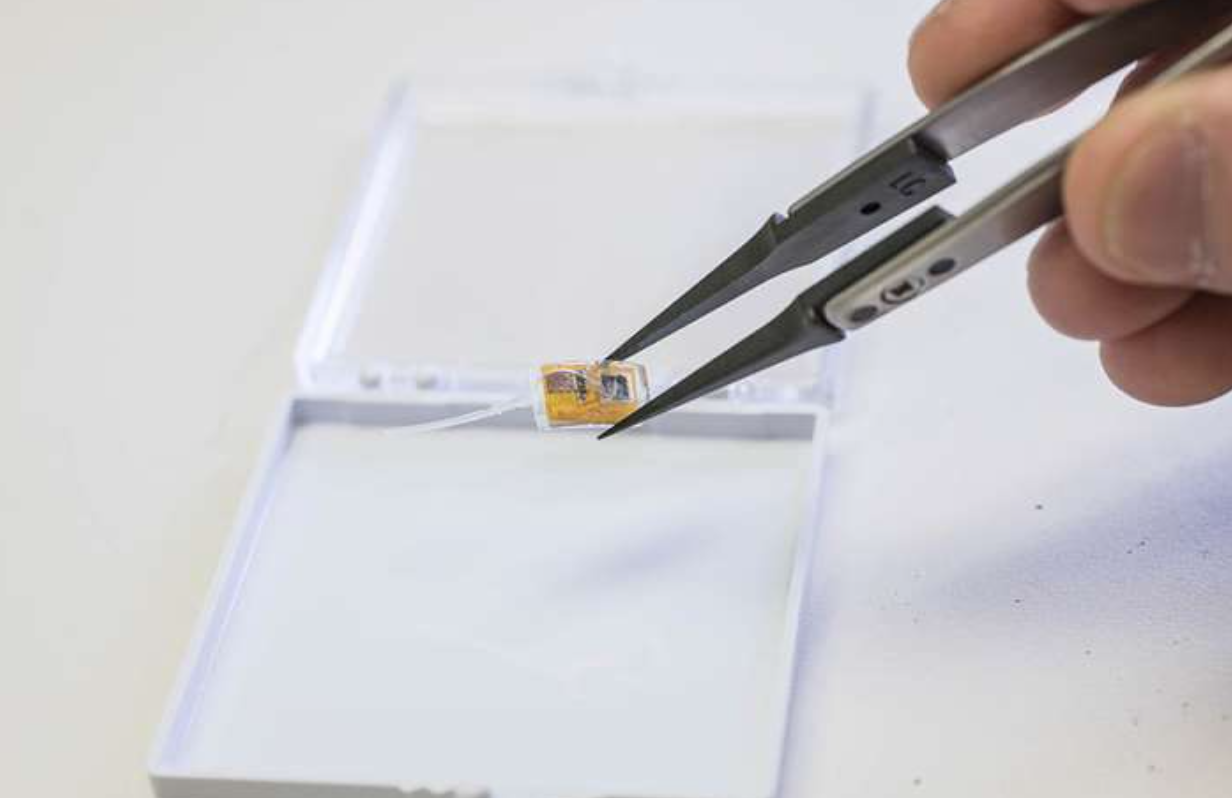
Eye implant measures pressure, releases fluid, in glaucoma
Caltech’s Azita Emami, Aubrey Shapero, Abhinav Agarwal and colleagues have developed a miniaturized, fully wireless, highly-sensitive, implantable, continuous pressure sensor that can remain in the human eye for four years. The goal is early detection and treatment of glaucoma progression. Current tonometer measurement, which requires anesthesia, only measures pressure during an appointment, and can miss…
-

Proof of concept 3D printed cornea
Newcastle University’s Che Connon has developed proof-of-concept research that could lead to a 3D printed cornea. Stem cells from a healthy donor cornea were mixed with alginate and collagen to create a printable bio-ink. A 3D printer extruded the bio-ink in concentric circles to form the shape of a human cornea in less then 10 minutes. The…
-
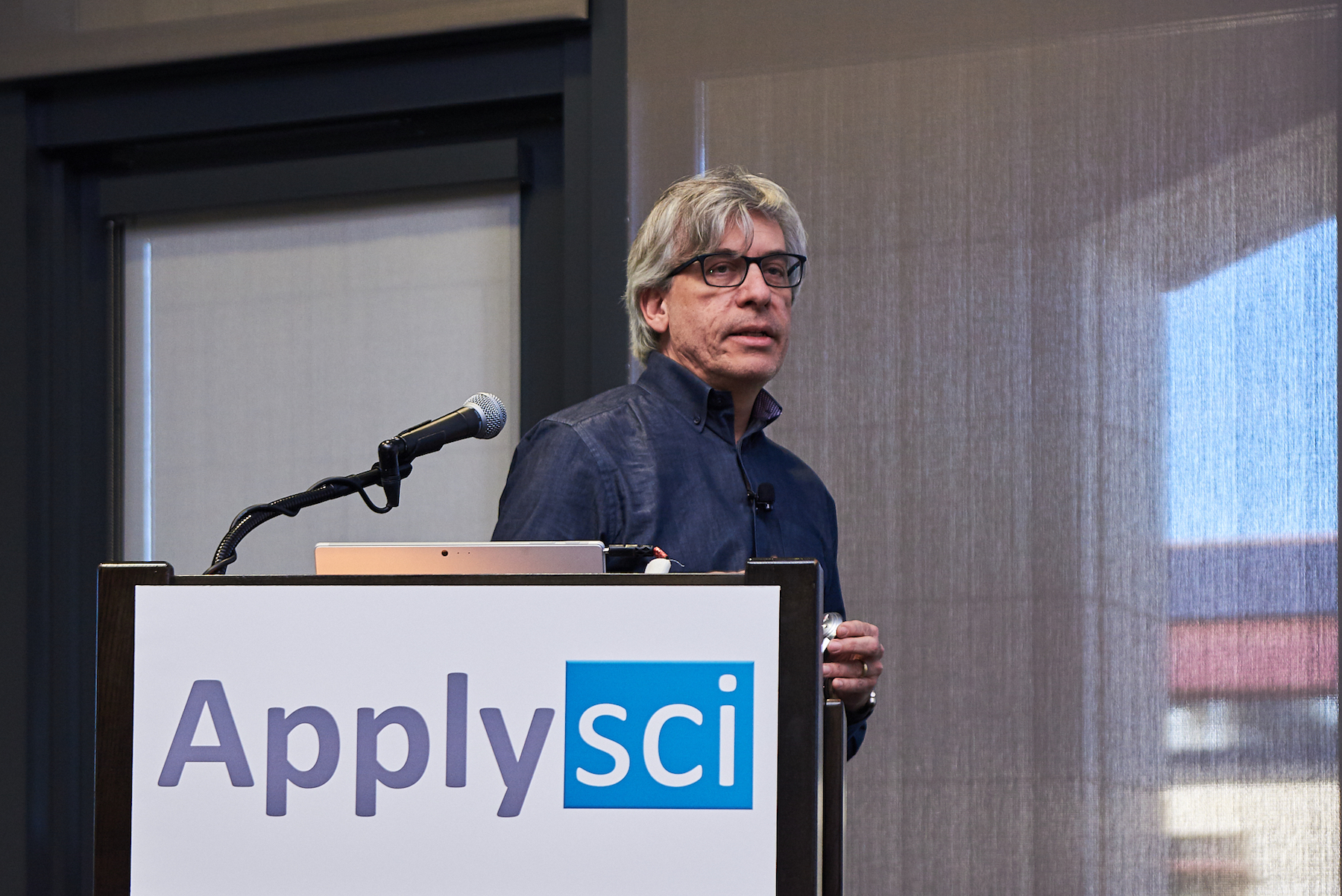
Bob Greenberg on visual prosthetics | ApplySci @ Stanford
Second Sight‘s Bob Greenberg discusses visual prosthetics at ApplySci’s Wearable Tech + Digital Health + Neurotech Silicon Valley conference, held on February 26-27, 2018 at Stanford University. Join ApplySci at the 9th Wearable Tech + Digital Health + Neurotech Boston conference on September 25, 2018 at the MIT Media Lab
-

Fractal-shaped electrodes could improve retinal implants
William Watterson and Richard Taylor an the University of Oregon are in the early stages of developing fractal-shaped electrodes for use as retinal implants to restore sight. They believe that the square shape of previous generations of electrodes prevented their success. (86 per cent fail.) The fractal shape mimics the design of the neurons they interact…
-

Direct brain path for sight, sound via implanted microscope
Rice University’s Jacob Robinson, with Yale and Columbia colleagues, are developing FlatScope — a flat, brain implanted microscope that monitors and triggers neurons which are modified to be fluorescent when active. While capturing greater detail than current brain probes, the microscope also goes through deep levels that illustrate sensory input processing — which they hope to…
-

Less invasive, soft tissue artificial retina
Oxford University student Vanessa Restrepo-Schild is developing a synthetic, soft tissue retina that more closely resembles human tissue than current artificial retina technology. Unlike existing implants, the cell-cultures are created from natural, biodegradable materials and do not contain foreign bodies or living entities. This makes the implant less invasive than a mechanical device, and less…
-
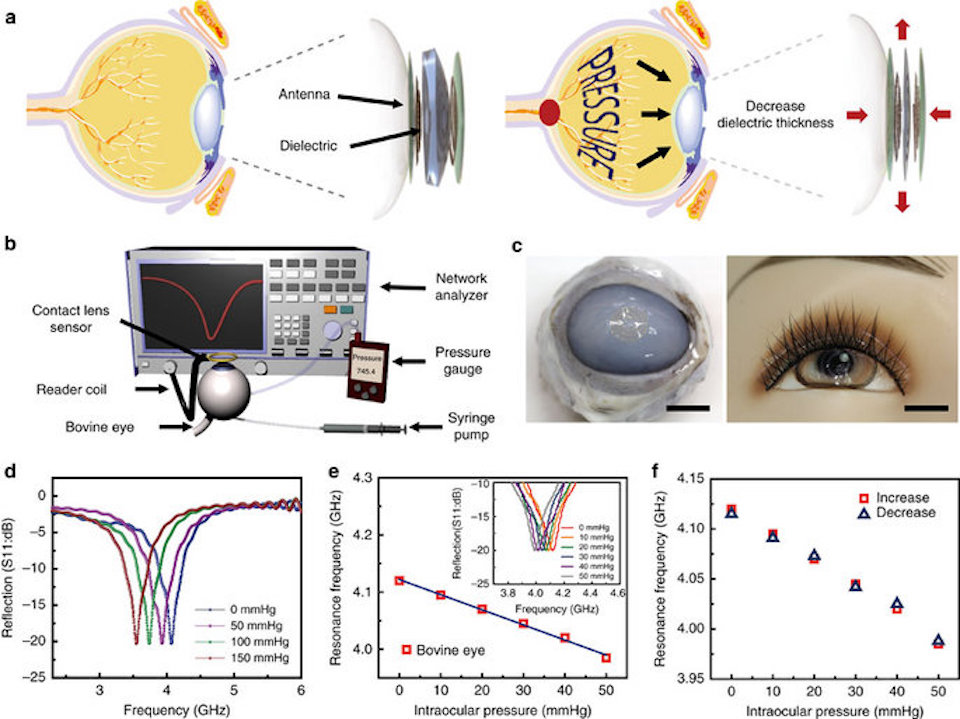
Transparent, stretchable lens sensor for diabetes, glaucoma detection
UNIST professors Jang-Ung Park, Chang Young Lee and Franklin Bien, and KNU professors Hong Kyun Kim and Kwi-Hyun Bae, have developed a contact lens sensor to monitor biomarkers for intraocular pressure, diabetes mellitus, and other health conditions. Several attempts have been made to monitor diabetes via glucose in tears. The challenge has been poor wearability, as the electrodes…
-
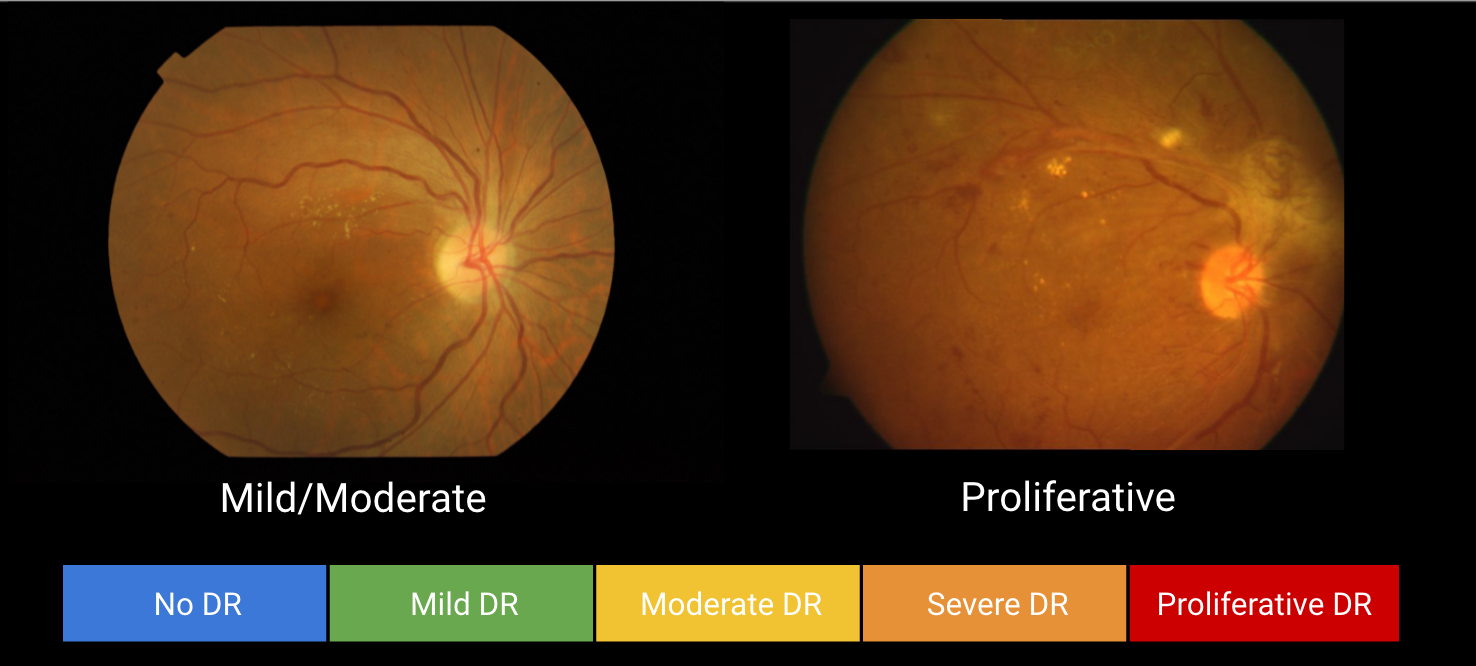
Diabetic retinopathy-detecting algorithm for remote diagnosis
Google has developed an algorithm which it claims is capable of detecting diabetic retinopathy in photographs. The goal is to improve the quality and availability of screening for, and early detection of, the common and debilitating condition. Typically, highly trained specialists are required to examine photos, to detect the lesions that indicate bleeding and fluid…
-
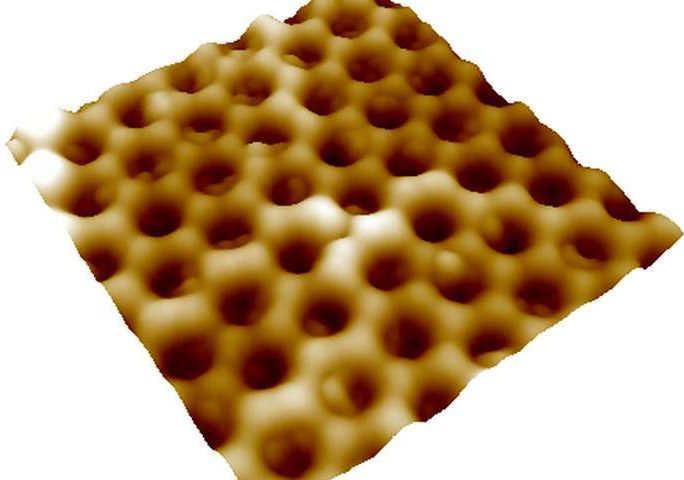
Fully transparent, glucose monitoring contact lens
Oregon State’s Greg Herman has developed a transparent sensor to monitor glucose (via tears) in a contact lens. The device could also be used to control insulin infusions, by transmitting real-time data to a pump. Similar technology has been developed by Google, although their lens is not (currently) fully transparent, and Noviosense, which requires a…
-

Eye tracking + VR to improve brain injury diagnosis, track recovery
Eye tracking technology, combined with VR, is proliferating, with myriad medical, gaming, and education applications. SyncThink uses eye tracking, built into an Oculus Rift, to detect if a person has the ability to keep the eyes synced with moving objects, to determine brain injury and track recovery. The company has been granted 10 patents, for eye-tracking hardware, and…
-

Contact lens/eyeglass system monitors blood sugar, dispenses drugs
Pohang University’s Sae Kwang Han and Do Hee Keum have developed a contact lens/ eyeglass combination to monitor diabetes and dispense drugs as needed. The glasses wirelessly power and communicate with the drug-releasing lens, that monitors glucose concentration in tears. An LED alarm lights up when sugar levels are very high. The lens can be worn for…
-

Vision enhancing, injectable smart lens
Google has filed a patent for a vision enhancing, injectable smart lens. The “intraocular device” is meant to replace one’s natural lens, and focus light onto the eye’s retina. It is injected into the eye in a solution that congeals and attaches to the lens capsule. It will contain its own storage, and tiny radio components that…